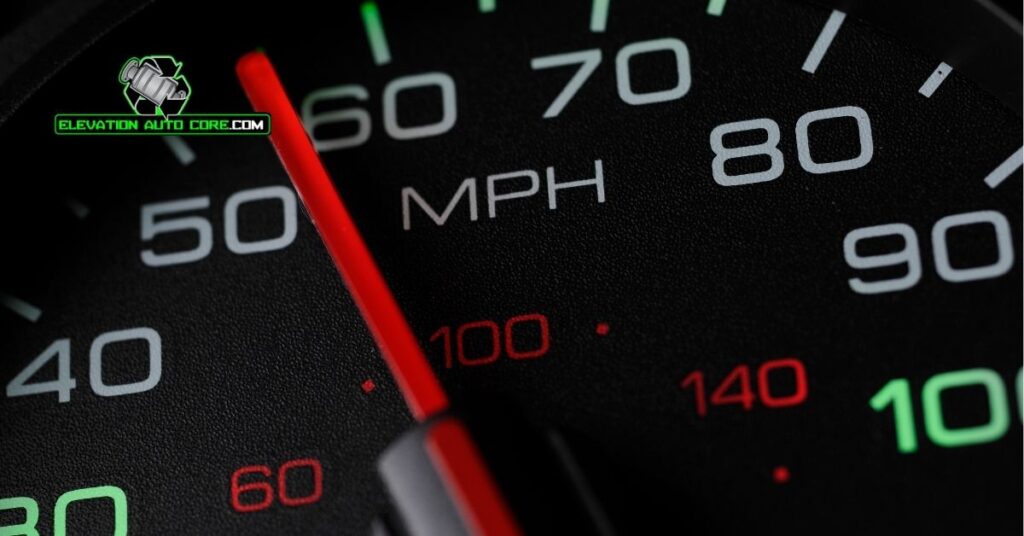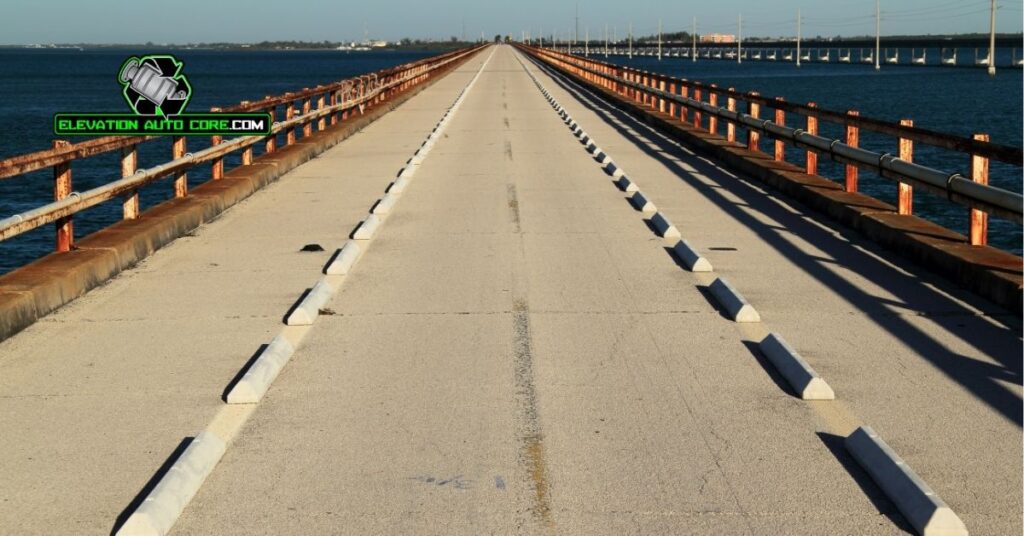How long is 1 mile in minutes? The answer depends on your speed, whether you’re walking, running, or driving. Curious to know how different factors like pace and terrain affect your time? Keep reading to find out how to calculate it and what influences your journey.
Understanding The Concept Of A Mile

A mile represents a standard unit of distance in the Imperial system, measuring 5,280 feet or approximately 1.609 kilometers. It’s commonly used in countries like the United States for road signs, race measurements, and general distance calculations. This unit helps standardize travel and pace-related metrics.
The origin of the mile traces back to Ancient Rome, where “mille passus” referred to 1,000 paces, roughly equating to modern measurements. Over time, adjustments solidified the current length. In practical terms today, it serves diverse contexts such as track events, walking routines, and navigation.
Various activities reveal its significance. For example, runners use it to measure their speed, while drivers rely on it to estimate travel time. Accurate conversions and applications stem from understanding its length across contexts.
Factors Affecting Mile Time

Several variables influence how long it takes to complete a mile. These include your movement speed, environmental conditions, and physical effort.
Walking Pace
Your walking speed plays a important role in determining mile time. The average walking pace ranges between 3 and 4 miles per hour, meaning it usually takes 15 to 20 minutes to walk one mile. Fitness level and stride length can either increase or reduce this time.
Jogging Speed
Jogging typically covers a mile faster than walking. Most people jog at a speed between 4 and 6 miles per hour, taking around 10 to 15 minutes for a mile. Consistent practice improves jogging speed, which reduces the time required for a mile.
Running Pace
Running significantly decreases mile duration compared to speeding up jogging. Recreational runners average 6 to 8 miles per hour, completing a mile in about 7 to 10 minutes. Experienced athletes often finish a mile in 6 minutes or less due to enhanced training and aerobic capacity.
Terrain And Conditions
The environment and surface type can dramatically alter your mile time. Flat routes enable faster movement, while hilly terrains slow you down. Time increases if you face conditions like rain, high winds, or uneven ground. Accessible and well-maintained trails provide optimal performance outcomes.
Average Time To Cover 1 Mile
The time it takes to complete one mile varies depending on your movement type. Walking, jogging, and running each have distinct average times.
Walking Average
Walking speeds generally range between 3 and 4 miles per hour. With this pace, covering a mile typically takes about 15 to 20 minutes. Flat surfaces often result in faster times, while stairs or inclines can increase the duration. Most adults walking on even terrain fall within this average time frame.
Jogging Average
Joggers maintain speeds from 4 to 6 miles per hour. This pace allows most individuals to complete a mile in 10 to 15 minutes. Beginners might lean toward the higher end of this range, while consistent joggers achieve quicker times. Steady effort on smooth pathways ensures predictable mile durations.
Running Average
Recreational runners, traveling at 6 to 8 miles per hour, complete a mile in 7 to 10 minutes. Experienced athletes often finish faster, reaching speeds that result in 6-minute mile times or less. Running uphill or in challenging weather might slow you down, while optimal conditions support faster performances.
Tools To Estimate Mile Time

Accurately estimating mile time requires reliable tools to assess your speed and distance. Use devices and digital resources to track progress and improve accuracy.
Fitness Trackers
Various fitness trackers provide real-time data to measure your pace and estimate mile time. Devices like Fitbit or Garmin often include GPS for precise tracking of distance covered. Many also feature activity-exact settings, such as walking or running modes, to enhance accuracy. Wearable trackers record metrics like heartbeat and calories burned, offering insights to improve performance.
Online Calculators
Online calculators simplify the process of determining mile times. Inputting values like pace and distance enables instant calculations for expected completion time. Tools like Omni’s Pace Calculator or RunnersWorld pace tools help you compare mile averages across different speeds. Use such calculators to plan training sessions or assess personal goals based on terrain and weather conditions.
Mobile Apps
Mobile apps combine convenience and technology to estimate mile duration effectively. Options like Strava or MapMyRun use GPS tracking, providing real-time updates on pace and time. Others, like Runkeeper, offer audio-guided feedback to maintain a consistent pace. Many apps integrate with fitness goals, allowing progress tracking and comparison across sessions.
Tips To Improve Your Mile Time

Improving your mile time requires a focused approach that combines training, proper nutrition, and effective preparation. Implementing these strategies optimizes performance and helps you achieve faster times.
Consistent Training
Regular practice increases endurance and speed over time. Aim to train at least 3 to 4 times per week, alternating between steady-paced runs and high-intensity interval workouts. Gradually increase your weekly mileage by 10% to avoid overtraining or injuries. Incorporating activities like cycling or swimming enhances cardiovascular strength and improves overall conditioning.
Proper Diet And Hydration
Fueling your body with the right nutrients maximizes your performance. Include complex carbohydrates like oats and quinoa to provide sustained energy for longer runs. Lean proteins such as chicken and fish aid muscle recovery and repair. Ensure proper hydration by drinking water consistently throughout the day, especially before and after your runs. Electrolyte-rich beverages may help if you’re sweating heavily during intense workouts.
Effective Warm-Up Routines
Starting with a ever-changing warm-up prepares your muscles for the demands of running. Include movements like leg swings, high knees, and walking lunges to enhance flexibility and blood circulation. Spend at least 5 to 10 minutes warming up to reduce injury risk and improve stride efficiency. Follow this with some light jogging at about 50% of your running effort to activate your aerobic system.
Conclusion
Understanding how long it takes to cover a mile depends on various factors like your pace, terrain, and physical effort. Whether you’re walking, jogging, or running, tools like fitness trackers and apps can help you track your progress and improve your performance. By combining consistent training, proper nutrition, and effective preparation, you can work toward achieving your personal goals.
With the right approach and resources, you’ll not only gain better insights into your mile times but also enhance your overall fitness journey.

